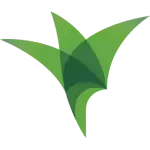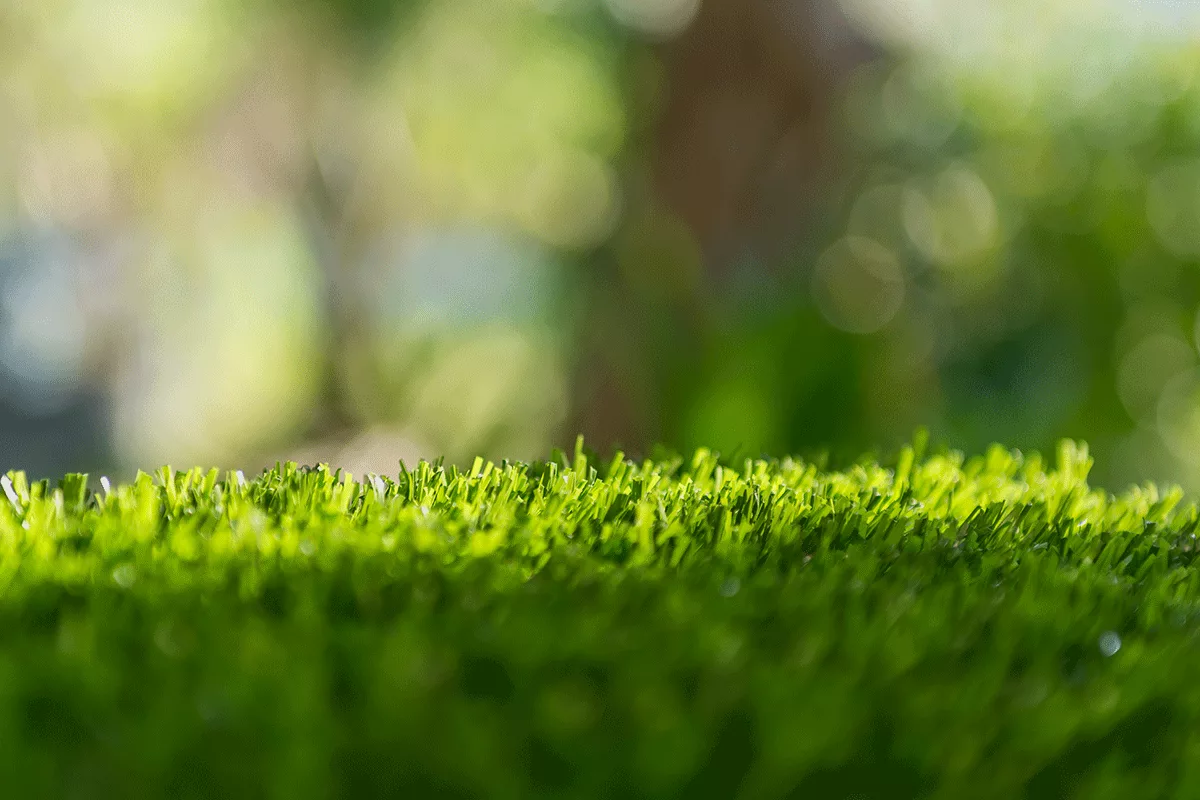
22 Sep Why Quality Of Artificial Grass Differs
There are significant differences in the quality of artificial grass and those differences start with how it’s made. The production process greatly influences the appearance, feel, durability, and even safety of the turf. In this article, we’ll walk you through what defines high-quality artificial grass and why it truly matters.
Take, for example, the fibers used by Signature Turf. Unlike many other products on the market, our turf contains no heavy metals. That’s a big deal. While plastic toys are strictly regulated for heavy metal content, artificial grass currently isn’t. Some manufacturers still use color pigments with trace amounts of heavy metals, but at Signature Turf, we’ve chosen a different path. Our fibers are guaranteed clean and safe, offering peace of mind especially for families with young children or pets.
So, what else should you know to confidently choose the right artificial grass for yourself or your clients? It all begins with understanding the production process and that’s where we’ll take you next.
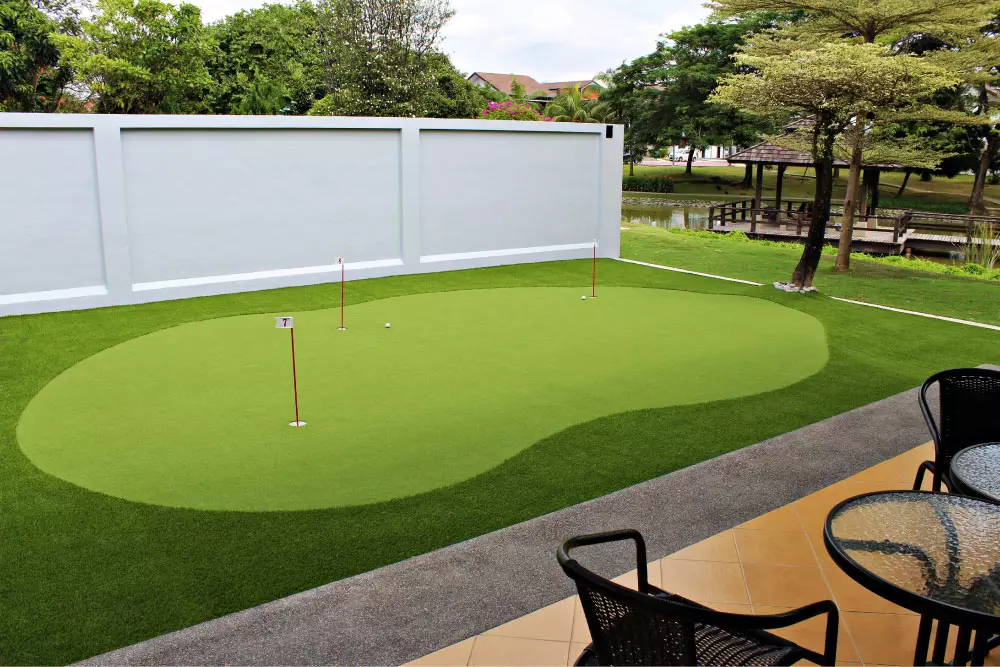
Step 1 – Tufting
Artificial grass production begins with two main components: the fibers (also called yarns) and the backing. The fibers arrive on large spools, while the backing material comes in wide rolls over four meters in width. During the first production phase, these two are brought together.
The fibers are fed through overhead tubes into a series of needles. These needles punch the fibers into the backing material, while a hook below pulls each thread back to create a loop. This process is known as tufting.
Unlike sewing, where the thread disappears into the fabric, tufting creates upright loops that form the artificial grass pile. The result: a uniform surface where the blades of grass stand tall and are ready for the next step in the manufacturing process.
Step 2 – Coating
After tufting, the fibers are still loosely held in the backing. To keep them securely in place, the next step is applying a coating to the underside of the turf. This adhesive layer ensures that the fibers are firmly bonded to the backing, providing long-term durability.
There are two main methods to apply this coating. Most manufacturers feed the grass into the machine with the backing facing upward, and the glue is pulled across the surface. At Signature Turf, we do things differently. We insert the turf with the backing facing downward, allowing the coating to be evenly “licked” onto the bottom side. This technique delivers a smoother, more consistent coating finish.
Does coating thickness matter? Absolutely.
The thickness of the coating is a key quality indicator. Thinner coatings may reduce production costs, but they also compromise fiber stability making it easier for blades to come loose over time. That’s why we apply a thicker, more reliable coating to ensure strength, durability, and peace of mind for our customers.
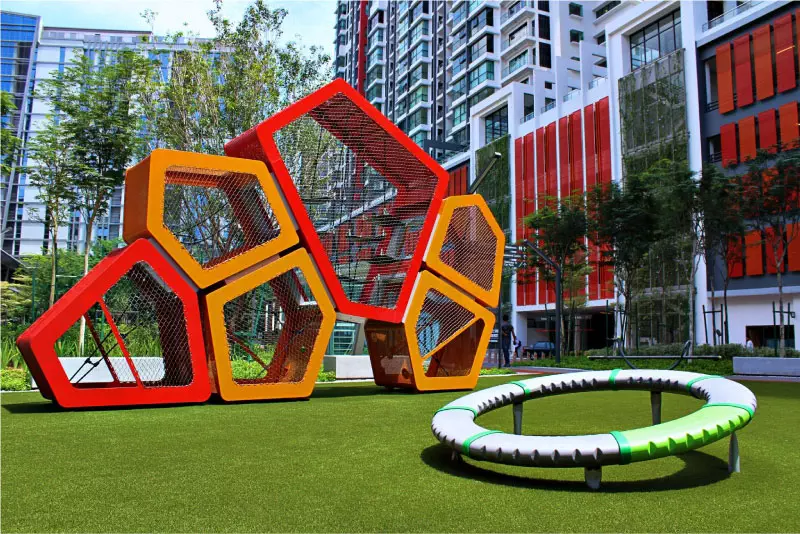
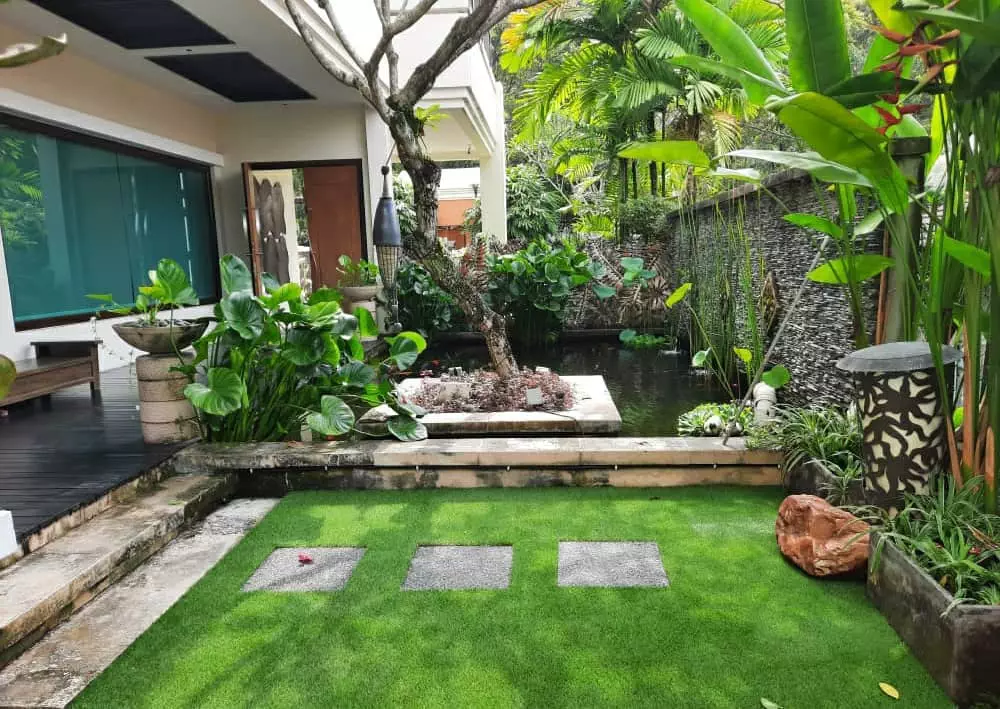
Step 3 – Drying
Once the coating has been applied, it needs to be thoroughly dried to secure the fibers in place. While most manufacturers send the artificial grass directly into an oven, Signature Turf takes a more refined approach.
Before entering the oven, our turf goes through an infrared booth. This step gives the grass an initial “shock” that rapidly reduces moisture in the coating. Think of it as a gentle wake-up call for the material. By removing a significant portion of the moisture early on, we can dry the grass at lower temperatures in the oven.
Why does this matter? Lower drying temperatures allow for a slower, more even curing process. The result is a stronger bond between fiber and backing, greater durability, and a more visually appealing finish. It’s a small extra step that makes a big difference in overall quality.
Step 4 – Perforating
To ensure proper drainage, artificial grass must be perforated so that water can pass through the surface. Without these drainage holes, rainwater or cleaning water would pool on top, causing usability issues.
But there’s a balance to strike. Too many holes can weaken the stability of the backing. That’s why Signature Turf uses a double-layered backing. This construction allows for precise perforation that ensures excellent water permeability without compromising the strength and durability of the turf. The result? A well-draining, long-lasting lawn that performs under all weather conditions.
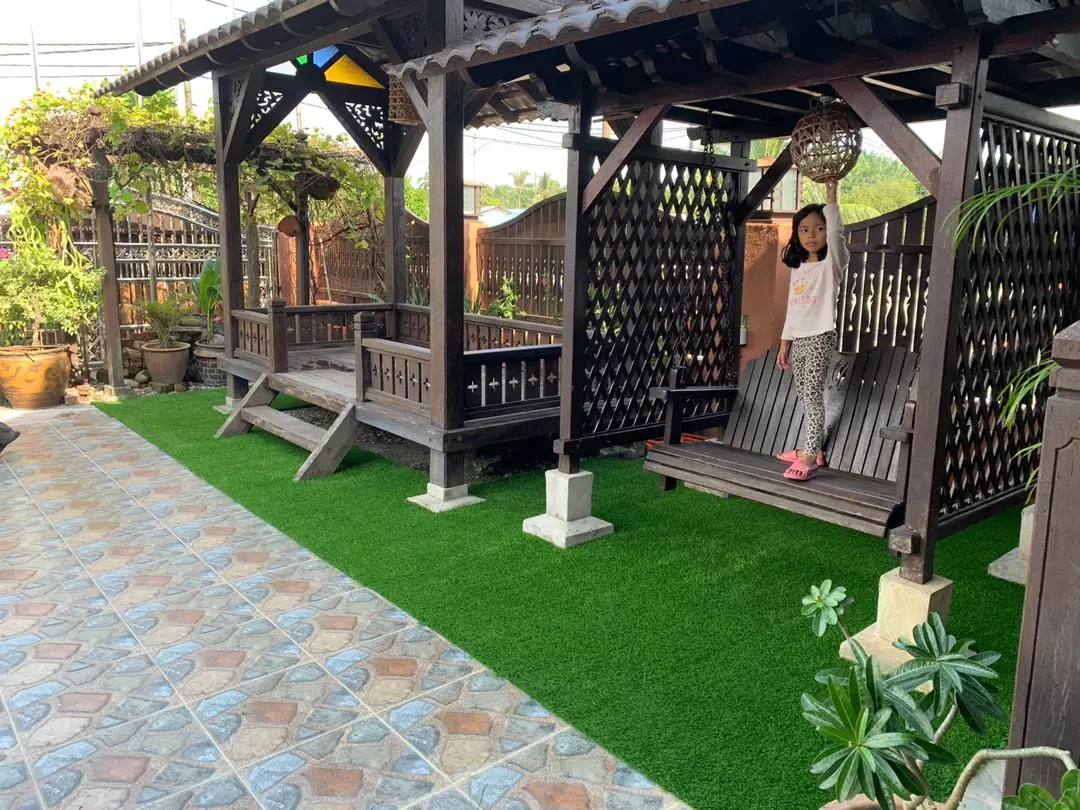
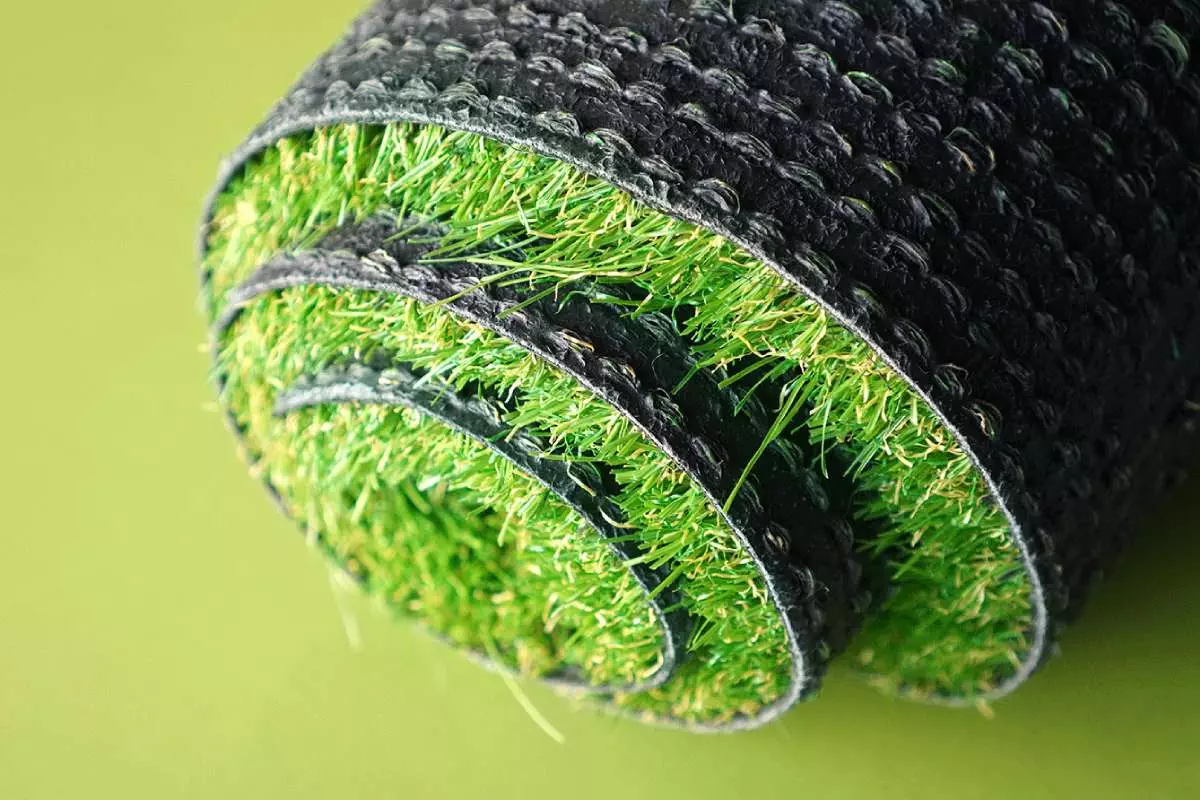
Step 5 – Rolling
Once the artificial grass is complete, it’s time to roll it up onto large cardboard spools. At this stage, precision is crucial. The grass is 4 meters wide, and the tension across that entire width must be perfectly even. Any variation can lead to rippling or curling once the turf is installed.
Think of it like rolling up a carpet by hand: if the middle is tighter than the edges, the outer parts will curl when unrolled. To prevent this, Signature Turf uses carefully calibrated rolling techniques to ensure consistent tension throughout. This guarantees that the turf lays flat and smooth when installed, without any unwanted wrinkles or lifted edges.
After rolling, the turf is ready to be wrapped, shipped, and installed. And that’s how Signature Turf artificial grass is produced from fiber to finished product. With this insight, you’re better equipped to choose high-quality artificial grass that’s built to perform.

